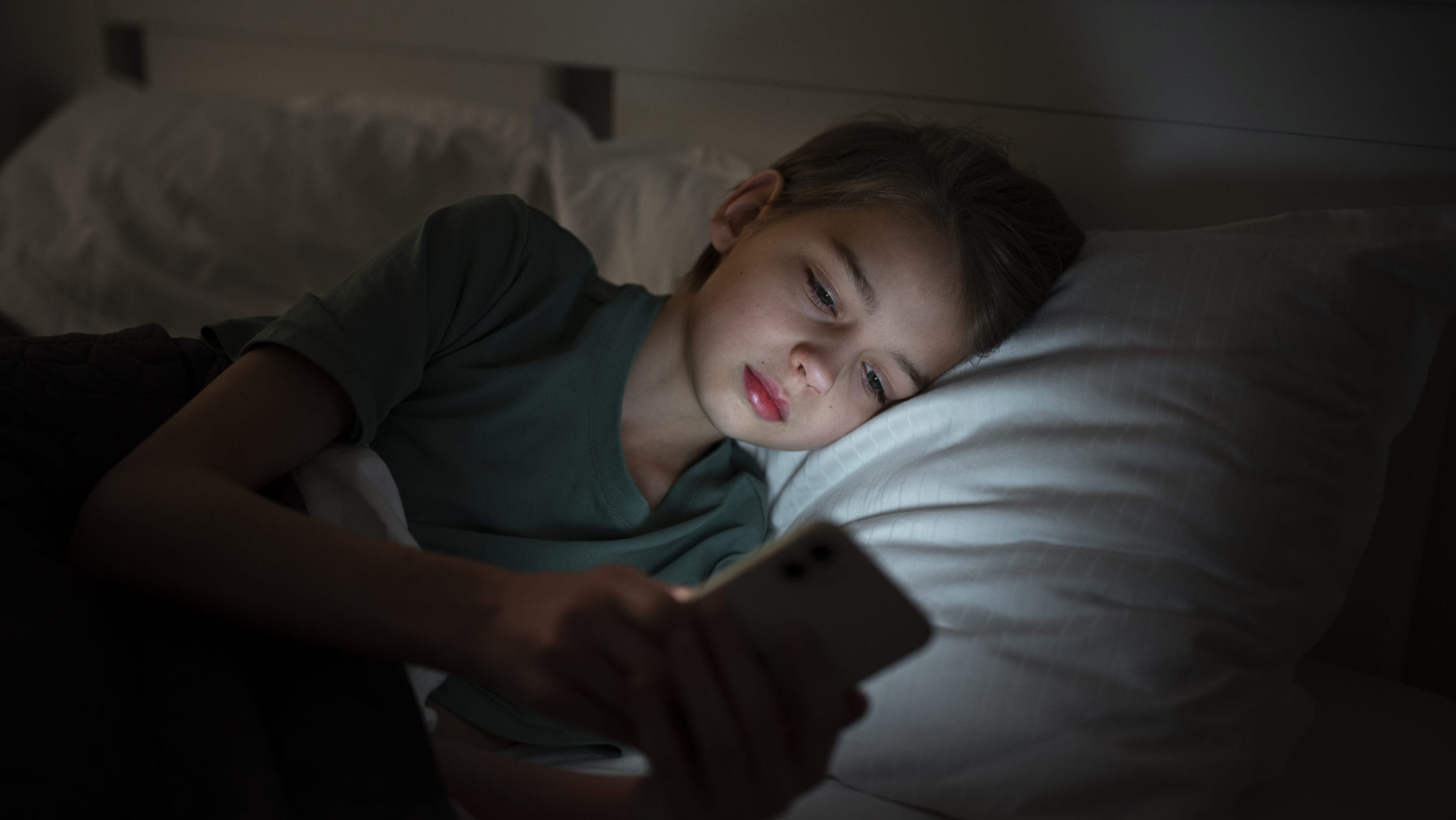Relationship Between Electronic Media Use and Sleep in Children in Western Countries
Fact Checked
Up to date
Update: July 13, 2023
Share

0
people like this article
Share
Read More About Sleep News
Update: July 19, 2023
• 3 min read
Update: July 13, 2023
• 4 min read
Update: July 13, 2023
• 4 min read







